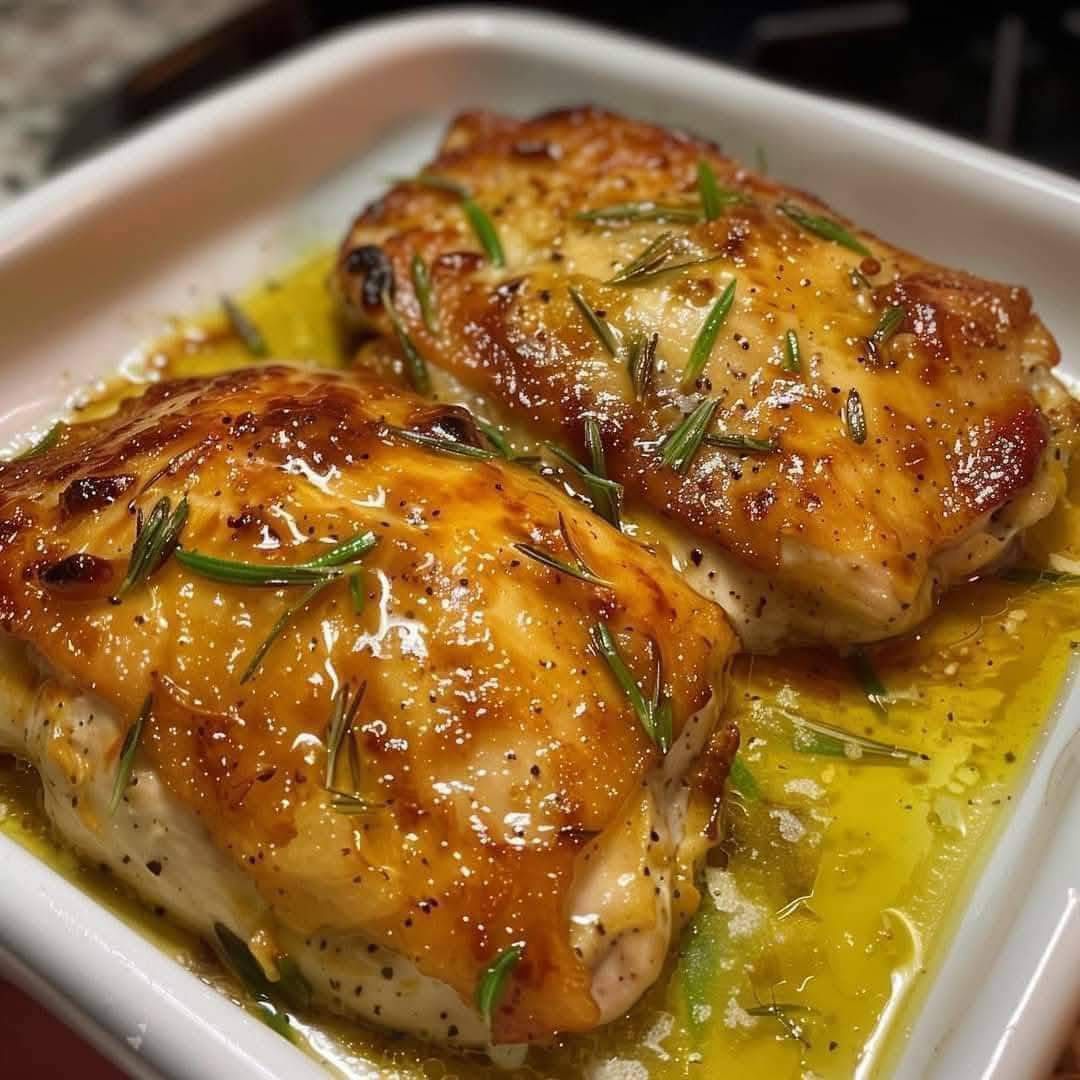ADVERTISEMENT
# Melt in Your Mouth Chicken: A Recipe for Unforgettable Flavor and Tenderness
Chicken is one of the most beloved proteins in the culinary world, offering endless possibilities for preparing delicious meals. From crispy fried chicken to roasted and grilled varieties, chicken can be tailored to suit any flavor profile. However, there’s one way of preparing chicken that stands out above the rest: **Melt in Your Mouth Chicken**. This dish promises an extraordinary combination of tenderness, juiciness, and a melt-in-your-mouth texture that leaves every bite feeling like a culinary revelation.
### The Secret to Melt-In-Your-Mouth Chicken
The key to the **Melt in Your Mouth Chicken** recipe lies in the meticulous preparation of the chicken, the use of tenderizing techniques, and the infusion of flavorful seasonings. Achieving that “melt in your mouth” texture doesn’t happen by accident. It’s the result of carefully following the right techniques and selecting the best ingredients. But don’t worry! This recipe is surprisingly easy to execute and produces mouthwatering results every time.
## Why Chicken?
Before diving into the specifics of how to achieve melt-in-your-mouth chicken, it’s important to understand why chicken is such a great choice for creating this tender and flavorful dish. Chicken, specifically the chicken breast, is versatile, mild in flavor, and has a soft texture when cooked correctly. However, it is also prone to drying out if overcooked, making it a bit challenging to cook perfectly.
This is where techniques like marinating, brining, and careful cooking come into play. These methods ensure that the chicken remains juicy and flavorful throughout the cooking process, preventing the dryness that can result in a tough texture.
## Preparing Melt-in-Your-Mouth Chicken: The Basics
### **1. Marinating for Flavor and Tenderness**
One of the most important steps to achieving melt-in-your-mouth chicken is marinating. Marinating the chicken before cooking it helps to infuse flavor and makes the chicken more tender. The marinade typically contains an acidic ingredient (like lemon juice, vinegar, or yogurt) that helps break down proteins, resulting in a more tender texture. Oil, herbs, and spices contribute to the flavor, while sweeteners like honey or brown sugar add a touch of sweetness and help create a caramelized crust when cooking.
For the best results, marinate the chicken for at least 30 minutes, though overnight marinating in the refrigerator will allow the flavors to penetrate more deeply.
### **2. Brining: Another Key to Tenderness**
Brining is another crucial technique for achieving melt-in-your-mouth chicken. A brine typically consists of water, salt, and sometimes sugar. Soaking the chicken in brine before cooking it ensures that it retains moisture during the cooking process, preventing it from drying out. The salt in the brine helps to break down some of the muscle fibers in the chicken, which also contributes to the tender texture.
A simple brine recipe involves dissolving 1/4 cup of salt in 4 cups of water and soaking the chicken for 30 minutes to an hour. Brining is particularly effective for lean cuts like chicken breasts, which have a tendency to dry out easily.
### **3. Proper Cooking Techniques**
While marinating and brining are essential, how you cook the chicken also plays a significant role in achieving that melt-in-your-mouth texture. Overcooking chicken is a common mistake that leads to dryness and toughness. Here are a few key techniques to ensure your chicken turns out perfectly tender:
– **Searing:** Start by searing the chicken in a hot pan to lock in the juices. The high heat helps to create a golden-brown crust, enhancing both flavor and texture. It’s essential to allow the chicken to cook undisturbed for a few minutes on each side before flipping it. Searing also helps to retain moisture, keeping the chicken juicy on the inside.
– **Cooking on Low Heat:** After searing, reduce the heat and cook the chicken on low to medium heat. This allows the chicken to cook through evenly without drying out. If you’re cooking chicken breast, you can also cover the pan with a lid to trap steam and help the chicken cook more quickly.
– **Using a Meat Thermometer:** To avoid overcooking the chicken, use a meat thermometer to check for doneness. Chicken should reach an internal temperature of 165°F (74°C) at its thickest part. This ensures the chicken is cooked through but still juicy and tender.
– **Resting After Cooking:** Once the chicken is cooked, allow it to rest for 5-10 minutes before slicing into it. Resting allows the juices to redistribute throughout the meat, preventing them from running out when you cut into the chicken.
## The Melt in Your Mouth Chicken Recipe
Now that we understand the techniques that make this recipe so successful, let’s dive into the actual **Melt in Your Mouth Chicken** recipe. Whether you’re preparing it for a weeknight family dinner, a special occasion, or simply because you’re craving something truly delicious, this recipe will impress everyone at the table.
### **Ingredients**
– 4 boneless, skinless chicken breasts (you can also use thighs for a juicier option)
– 1/4 cup olive oil
– 2 tablespoons lemon juice (freshly squeezed)
– 2 tablespoons honey or brown sugar (optional for added sweetness)
– 3 cloves garlic, minced
– 1 teaspoon dried thyme or rosemary
– 1 teaspoon paprika (for a smoky flavor)
– 1 teaspoon onion powder
– Salt and pepper to taste
– 1/2 cup low-sodium chicken broth (or white wine for added flavor)
– 1 tablespoon butter (optional, for a richer sauce)
For Complete Cooking STEPS Please Head On Over To Next Page Or Open button (>) and don’t forget to SHARE with your Facebook friends
